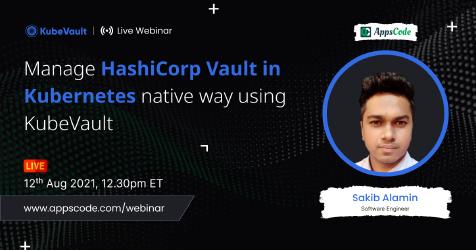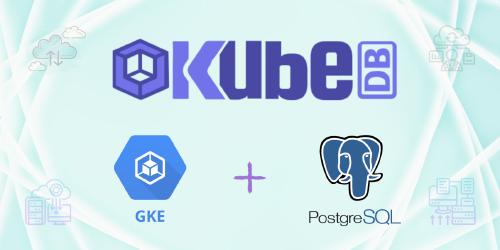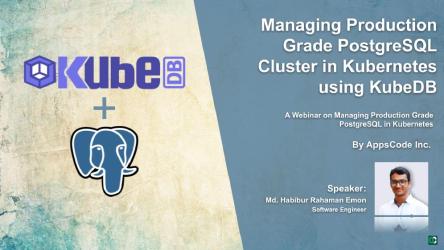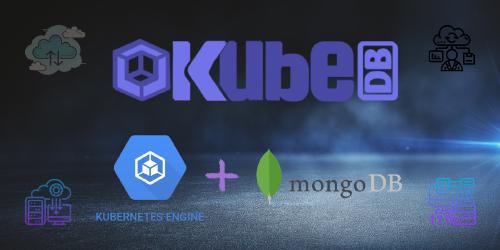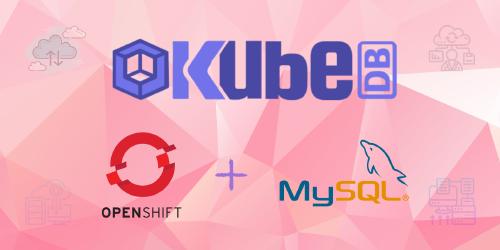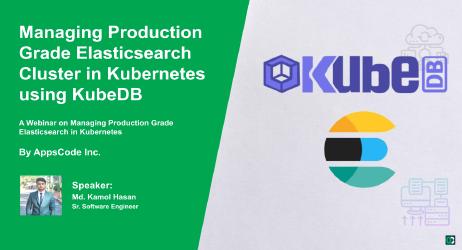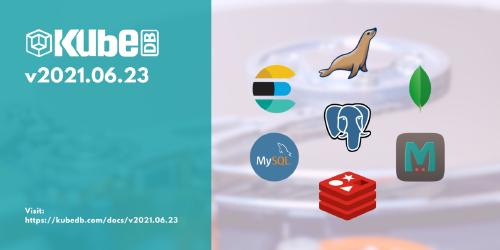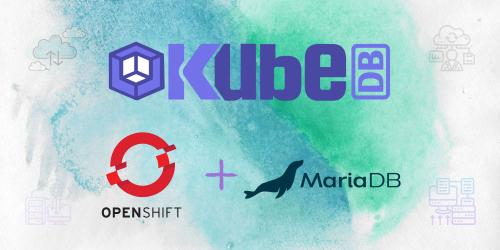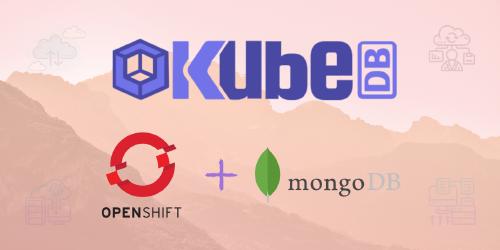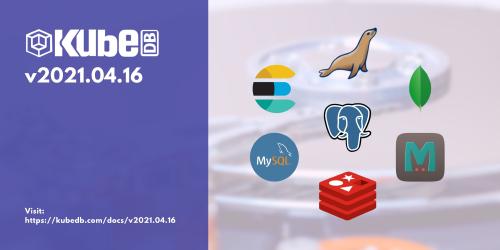KubeDB
Run Production-Grade Databases on Kubernetes
arrow_forwardKubeStash
Backup and Recovery Solution for Kubernetes
arrow_forwardStash
Backup and Recovery Solution for Kubernetes
arrow_forwardKubeVault
Run Production-Grade Vault on Kubernetes
arrow_forwardVoyager
Secure Ingress Controller for Kubernetes
arrow_forwardConfigSyncer
Kubernetes Configuration Syncer
arrow_forwardKubeDB simplifies Provisioning, Upgrading, Scaling, Volume Expansion, Monitor, Backup, Restore for various Databases in Kubernetes on any Public & Private Cloud
- task_altLower administrative burden
- task_altNative Kubernetes Support
- task_altPerformance
- task_altAvailability and durability
- task_altManageability
- task_altCost-effectiveness
- task_altSecurity

A complete Kubernetes native disaster recovery solution for backup and restore your volumes and databases in Kubernetes on any public and private clouds.
- task_altDeclarative API
- task_altBackup Kubernetes Volumes
- task_altBackup Database
- task_altMultiple Storage Support
- task_altDeduplication
- task_altData Encryption
- task_altVolume Snapshot
- task_altPolicy Based Backup

A complete Kubernetes native disaster recovery solution for backup and restore your volumes and databases in Kubernetes on any public and private clouds.
- task_altDeclarative API
- task_altBackup Kubernetes Volumes
- task_altBackup Database
- task_altMultiple Storage Support
- task_altDeduplication
- task_altData Encryption
- task_altVolume Snapshot
- task_altPolicy Based Backup

KubeVault is a Git-Ops ready, production-grade solution for deploying and configuring Hashicorp's Vault on Kubernetes.
- task_altVault Kubernetes Deployment
- task_altAuto Initialization & Unsealing
- task_altVault Backup & Restore
- task_altConsume KubeVault Secrets with CSI
- task_altManage DB Users Privileges
- task_altStorage Backend
- task_altAuthentication Method
- task_altDatabase Secret Engine

Secure Ingress Controller for Kubernetes
- task_altHTTP & TCP
- task_altSSL
- task_altPlatform support
- task_altHAProxy
- task_altPrometheus
- task_altLet's Encrypt

Kubernetes Configuration Syncer
- task_altConfiguration Syncer
RECENT NEWS/BLOG
30 AugPanopticon, A Generic Kubernetes State Metrics Exporter - Webinar
byShohag RanaSummary AppsCode held a webinar on “Panopticon: A Generic Kubernetes State Metrics Exporter”. This took place on 26th August 2021. The contents of what took place at the webinar are shown below: What is Panopticon? Background story of Panopticon? Key features of Panopticon. Comparison between Panopticon and kube-state-metrics Demo Generate metrics for KubeDB MongoDB custom resource using Panopticon Generate metrics for Deployment using Panopticon Q & A Session Description of the Webinar At present, there is no available state metrics exporter for Kubernetes custom resources.
16 AugSee More arrow_forwardManage HashiCorp Vault in Kubernetes Native Way Using KubeVault - Webinar
byShohag RanaSummary AppsCode held a webinar on “Manage HashiCorp Vault in Kubernetes Native Way Using KubeVault”. This took place on 12th August 2021. The contents of what took place at the webinar are shown below: What is a secret? Managing secrets in Kubernetes. Consuming external secrets in Kubernetes Managing Vault in Kubernetes (Kubernetes native way) Operator over Helm charts KubeVault Introduction & Features Demo Deploy VaultServer using KubeVault Operator Enable & Configure Database SecretEngine Mount Dynamically generated credentials in a Pod using CSI Driver High Availability & Disaster Recovery Q & A Session Description of the Webinar The webinar starts with describing how to manage secrets in Kubernetes and the lackings that Kubernetes has in doing so.
- Webinar New






